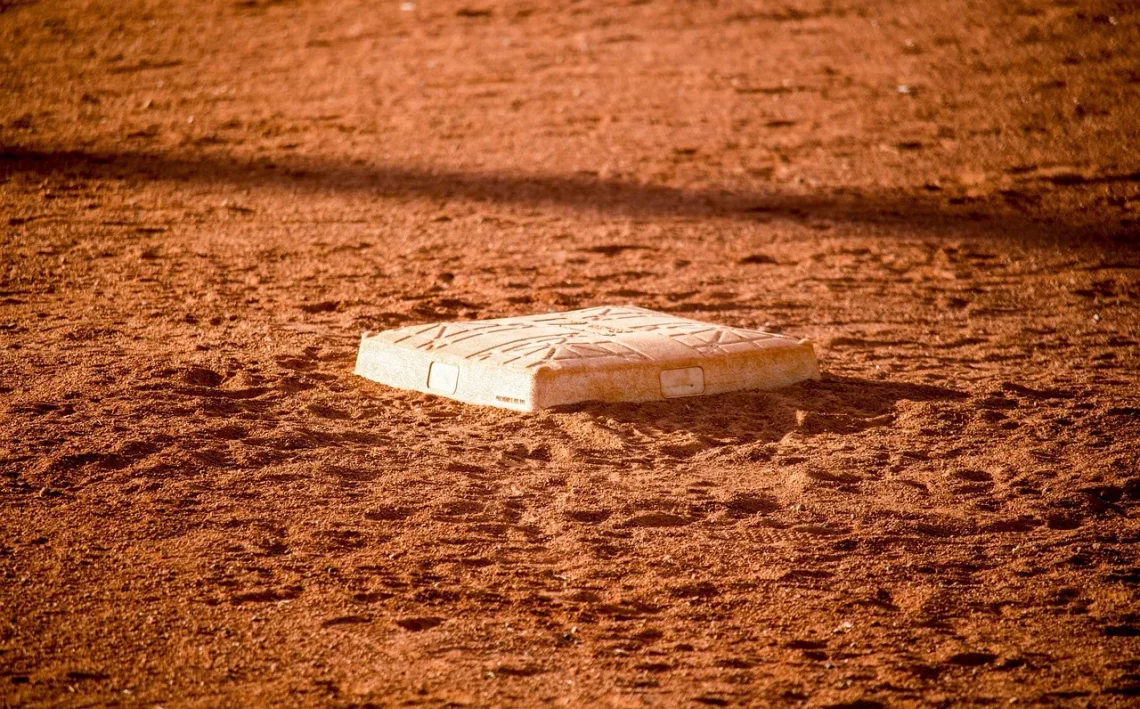
Mastering the Art of the Bulletproof Hitter in Baseball
Mastering the art of hitting in baseball is a pursuit that blends skill, strategy, and mental fortitude. For many players, becoming a proficient hitter is not only about talent but also about honing techniques and understanding the game’s intricacies. The path to becoming a bulletproof hitter requires dedication, practice, and a willingness to learn from both successes and failures.
In this competitive sport, where every pitch can alter the course of a game, the ability to consistently make contact with the ball and drive it into the outfield can set a player apart. As players advance through the ranks, they encounter increasingly challenging pitching, necessitating an evolution in their approach. This transformation encompasses physical adjustments, mental preparation, and the development of a keen eye for pitch selection.
Moreover, the psychological aspect of hitting cannot be overstated. Confidence, focus, and the ability to manage pressure play pivotal roles in a hitter’s success. As players navigate through slumps and high-pressure situations, cultivating a resilient mindset becomes essential. By mastering these elements, players can elevate their game and become reliable contributors to their teams.
Understanding the Mechanics of Hitting
To become a bulletproof hitter, it’s crucial to understand the fundamental mechanics of hitting. This includes stance, grip, and swing technique. A solid foundation begins with a balanced stance that allows for both power and control. The feet should be shoulder-width apart, providing stability while also enabling quick movements.
The grip on the bat is another vital aspect. Players should hold the bat firmly but without tension in their hands. A relaxed grip allows for better bat speed and control during the swing. Additionally, the position of the hands plays a significant role in how effectively a player can drive the ball.
Once the stance and grip are established, the swing mechanics come into play. A proper swing consists of several coordinated movements, beginning with the hips and followed by the upper body. The hips should initiate the swing, transferring energy from the lower body to the upper body, culminating in the bat making contact with the ball.
Timing is equally important. A hitter must learn to recognize pitch types and speeds, adjusting their swing accordingly. This requires practice and familiarity with different pitchers. Batting practice, including drills that focus on timing and pitch recognition, can greatly enhance a player’s ability to respond effectively during games.
Moreover, understanding the trajectory of the ball is essential. Hitters should focus on hitting the ball where it is pitched, whether that’s to the opposite field or pulling it for power. This adaptability can lead to increased success at the plate, allowing players to become more versatile hitters.
The Mental Game of Hitting
The mental aspect of hitting is often overlooked, yet it is one of the most critical components of becoming a successful batter. Confidence plays a significant role in a hitter’s performance. Players must believe in their abilities and trust their training when stepping up to the plate.
Visualization techniques can be particularly effective in enhancing a player’s mental game. By picturing successful hits and imagining the ball’s trajectory, hitters can prepare themselves mentally for success. This visualization process helps to build confidence and reduces anxiety during high-pressure situations.
Additionally, a strong focus is necessary for successful hitting. Distractions can easily derail a player’s concentration, leading to poor performance. Developing routines before each at-bat can help maintain focus. These routines can include deep breathing exercises or specific movements that signal to the player that it’s time to concentrate on the task at hand.
Managing pressure is another crucial aspect of the mental game. Players often face intense situations, such as being the last hope in a close game. Learning to embrace pressure instead of fearing it can be a game-changer. Techniques like mindfulness and positive self-talk can help players stay calm and composed, improving their chances of success in clutch situations.
Furthermore, dealing with failure is an inevitable part of baseball. Even the best hitters fail more often than they succeed. Developing a resilient mindset allows players to bounce back from failures and learn from their mistakes. This resilience is what often separates average hitters from outstanding ones.
Practice Strategies for Improvement
Effective practice is vital for honing hitting skills. Simply taking swings in the batting cage is not enough; players should focus on structured practice that includes both drills and live pitching scenarios.
One effective practice strategy is to incorporate drills that emphasize specific aspects of hitting, such as bat speed or contact point. For example, tee drills can help players focus on their swing mechanics without the distraction of a moving pitch. By repeatedly practicing the correct form, players can reinforce good habits.
Live pitching scenarios are equally important. Facing different pitchers with varying styles and speeds helps players adapt to real-game conditions. Scrimmages and practice games provide valuable opportunities for hitters to test their skills under pressure and adjust their approach based on pitch types.
Feedback is another critical element of practice. Players should seek constructive criticism from coaches or peers. Understanding what works and what doesn’t allows players to make necessary adjustments. Video analysis can also be an invaluable tool for assessing swing mechanics and identifying areas for improvement.
Additionally, setting specific goals during practice sessions can lead to greater focus and motivation. Whether it’s improving batting average, increasing power, or refining plate discipline, having measurable objectives can guide a player’s development.
Finally, consistency in practice is key. Regularly dedicating time to hitting drills not only improves skills but also builds muscle memory, making successful hitting more instinctual during games.
Building a Supportive Environment
A supportive environment can significantly impact a player’s development as a hitter. Surrounding oneself with encouraging coaches, teammates, and family can foster a positive mindset and enhance performance.
Coaches play a pivotal role in shaping a player’s approach to hitting. A good coach provides not only technical guidance but also emotional support. They can help players navigate through slumps and encourage them to stay focused during difficult times. A coach’s belief in a player’s potential can instill confidence, which is crucial for success.
Teammates also contribute to a supportive atmosphere. Sharing experiences and tips with fellow hitters can lead to mutual improvement. Building camaraderie can help players feel less isolated during challenging periods, promoting a team-first mentality.
Moreover, family support is essential in nurturing a player’s passion for the game. Encouragement from family members can motivate players to practice harder and remain dedicated. Celebrating small successes and providing reassurance during tough times can help maintain a player’s enthusiasm for the sport.
Creating a positive culture around hitting can also involve setting up practice sessions that emphasize teamwork and constructive feedback. Encouraging an environment where players feel safe to make mistakes and learn from them can lead to overall improvement.
In conclusion, becoming a bulletproof hitter in baseball is a multifaceted journey that combines mechanical skill, mental toughness, effective practice strategies, and a supportive environment. By focusing on these elements, players can enhance their abilities at the plate, contributing significantly to their teams and enjoying the game more fully.
This article is for informational purposes only and does not constitute medical advice. Always consult with a healthcare professional for any health concerns or medical questions.




